Fire has played a natural role in keeping forests healthy since the beginning of time, clearing out brush and helping trees replenish a new generation of growth. Unfortunately, as we have seen in cities such as Paradise and Santa Rosa in the last few years, wildfires don’t stop at city limits. Mother Nature doesn’t recognize the arbitrary man-made boundaries that separate cities and forests. And, as more people move into rural, forested areas — the so-called wildland-urban interface — those boundaries are more and more blurred.
There are many benefits to living in rural areas. Growing up in Nevada City, I remember the air being fresh and more breathable than the smog-filled skies down in the valley. There was a strong connection to nature by living with more trees and less concrete. Small-town living is just different than being in a big city.
Even so, rural living can be challenging. There’s not a grocery store at every crossroads. Two-lane roads lead to traffic congestion, especially as more people move to rural settings but still commute to jobs in the city. And, as we have been so dramatically and tragically reminded these last few years, fire is a constant threat, whether caused by PG&E’s neglected electrical lines or a stray spark from a weed wacker.
The October winds in Northern California — just like the Santa Ana winds in Southern California — are a natural part of our climate and have been as predictable as leaves changing color in the autumn. PG&E’s answer this year has been to do “public safety power shut-offs” when the wind blows strong. Of course, the public generally wants to be safe, and there can be exceptional times when shutting off the power is a reasonable precaution. All three major utilities in California do that from time to time, but PG&E has shut off the power more often and over more territory than San Diego Gas & Electric or Southern California Edison. PG&E shut off power three times in October and once in November last year, affecting 177,000-970,000 customers in Northern California, according to the company’s news releases.
PG&E’s shut-offs have hit rural areas hard. The shut-off announced in late November, for instance, involved seven rural counties surrounding Sacramento. Residents had to disrupt their lives to prepare for a shut-off even if it didn’t happen. As a precaution, schools closed, causing parents to look for child care or stay home from their jobs, and some schools in El Dorado and Nevada counties lost a week of schooldays because of the power being turned off.
Besides disrupting lives and forcing businesses to close or pay for backup generators, the shut-offs created another potentially life-threatening situation: Cellphone towers lost power, leaving many rural residents with no phone or internet service to contact services in case of emergency. In November, even fire departments and deputy sheriff offices in Sonoma and Santa Cruz counties lost internet and cellphone service and had to rely on radios to communicate, according to testimony in a recent California Public Utilities Commission hearing. In short, public safety agencies were hamstrung to do their jobs because of a shut-off that PG&E says was needed for public safety — the ultimate irony.
At the PUC’s meeting in late November, eight cellphone companies testified they were blindsided by the extent of PG&E’s power shut-offs. They had enough battery backup and generators to keep cellphone towers working, but because of what they described as PG&E’s haphazard planning and constantly changing communication, the equipment was in the wrong places.
PG&E could learn from utilities in Los Angeles and San Diego on how to limit shut-offs to areas where they are truly needed and only for as long as necessary. In the meantime, cellphone providers have agreed to develop a plan to keep cellphone towers working for up to 72 hours during a power shut-off.
That plan can’t be delayed. In the short run, that will at least give people in rural areas — including emergency responders — a lifeline for vital information when they need it the most. They should not have to face being completely cut off from the world in perilous times when their health — and sometimes their lives — could be in jeopardy.
Winnie Comstock-Carlson
President and Publisher
Recommended For You
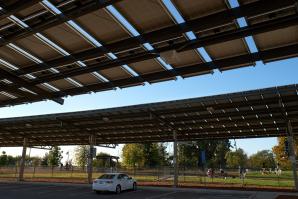
Power Politics
The growing number of publicly owned CCAs offer cheaper and cleaner electricity than for-profit utilities — so are they viable in the long-term?
Community choice aggregators are the latest test of whether local, publicly run ventures can deliver cheaper and cleaner power than their investor-owned counterparts. But electricity procurement can be a fickle industry.
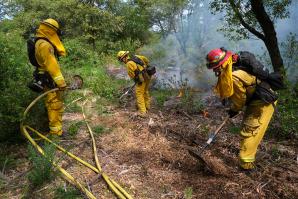
Beating the Burn
California’s plan to deal with deadly and devastating wildfires — including controlled burns, thinning and a restoration economy — is ambitious; is the state up to the task?
Past approaches to forest fires have been a misinformed regime of fire suppression: extinguishing all flames quickly. Now California’s forests are overgrown tinderboxes-in-waiting; the approach is changing, but there’s a lot of work to do.
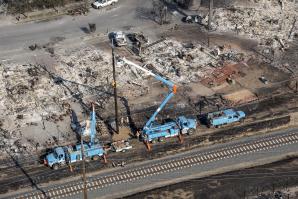
California Utilities Want Customers to Help Pay Wildfire Damages
Minutes before President Donald Trump landed in California on March 13, the most powerful politicians in the state sent out a public statement that had nothing to do with him and would garner little attention.
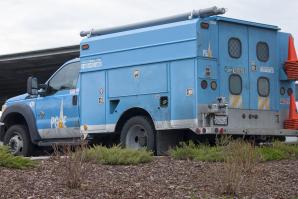
PG&E Customers Face 15 Percent Increase in Bills
State authorities are already getting an earful from those overwhelming opposed to paying more
Consumer advocates worry that PG&E may try to stick customers with damages from past fires — the debt that drove them into bankruptcy.
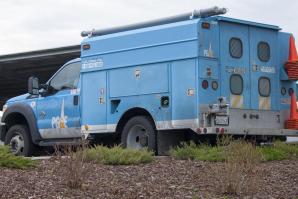
Is Criticism Against PG&E Over Handling of Blackouts Fair?
Policymakers are comparing it unfavorably with San Diego Gas & Electric, a veteran of preemptive blackouts — but some critics say the state shouldn't be so quick to put SDG&E on a pedestal.
“Are they better than the utilities in the north? Yeah, probably. But does that mean that they are the gold standard? Absolutely not.”
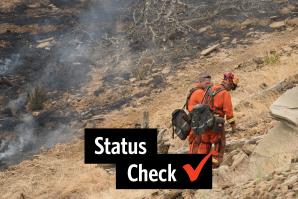
Status Check: Fire Nonstarter
California experiences a tamer 2019 wildfire season, but work remains
Ten of the 20 most destructive wildfires in state history have occurred since 2015. These megafires fueled by hot, dry winds and climate change seemingly blanket every late summer with gray, smoky skies and a gnawing worry among Californians that the next one might take out their home.



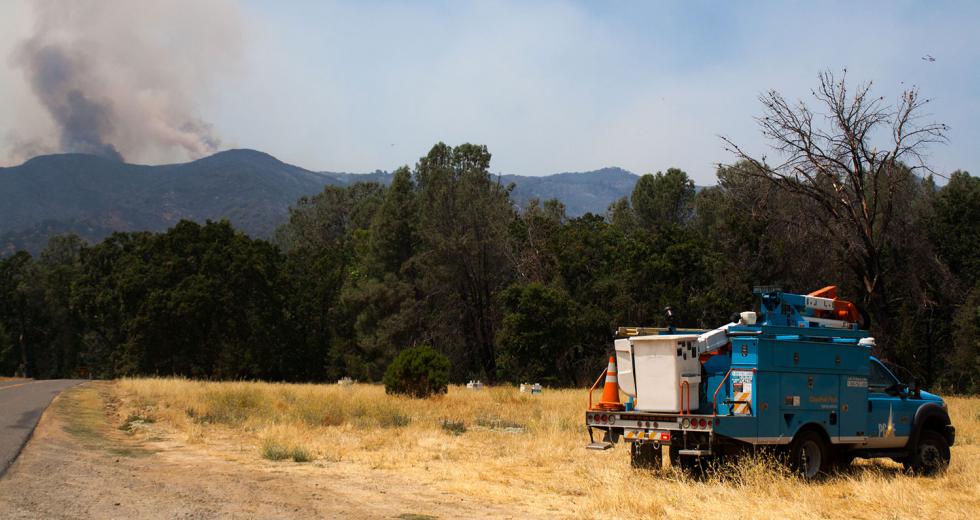
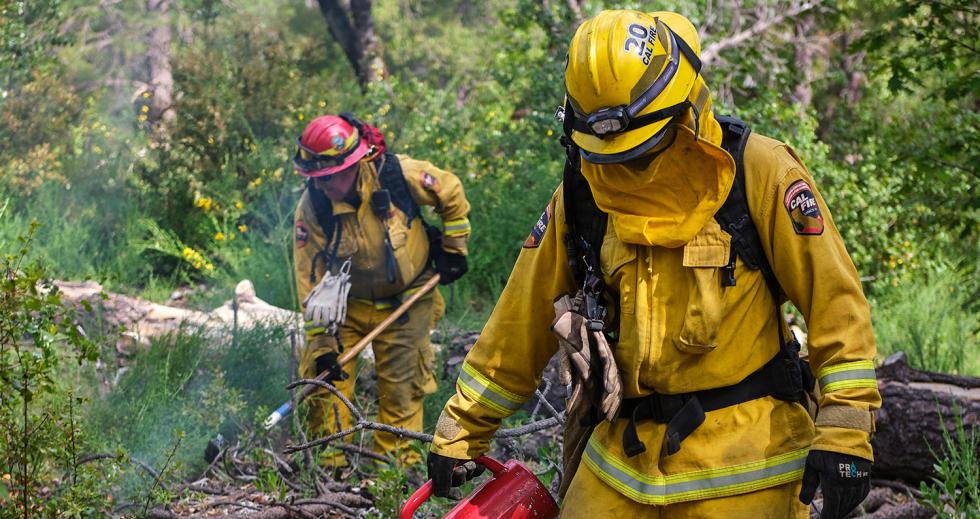

Comments
This entire article is an opinion piece. The writer appears to have done zero research as to what the root causes of power outages are. When the state decided to make the utility responsible for palm fronds and branches flying in the wind, what did you expect the utility to do? When the CA Air Resources Board penalizes agencies for utilizing generators, what did you expect the communication companies to do? The root cause of these outages, and the loss of communications, is the CA state politicians....NOT the utilities!
Just wanted to point out, to your comment about the article being an opinion piece, it's clearly labeled "Commentary" at the top.